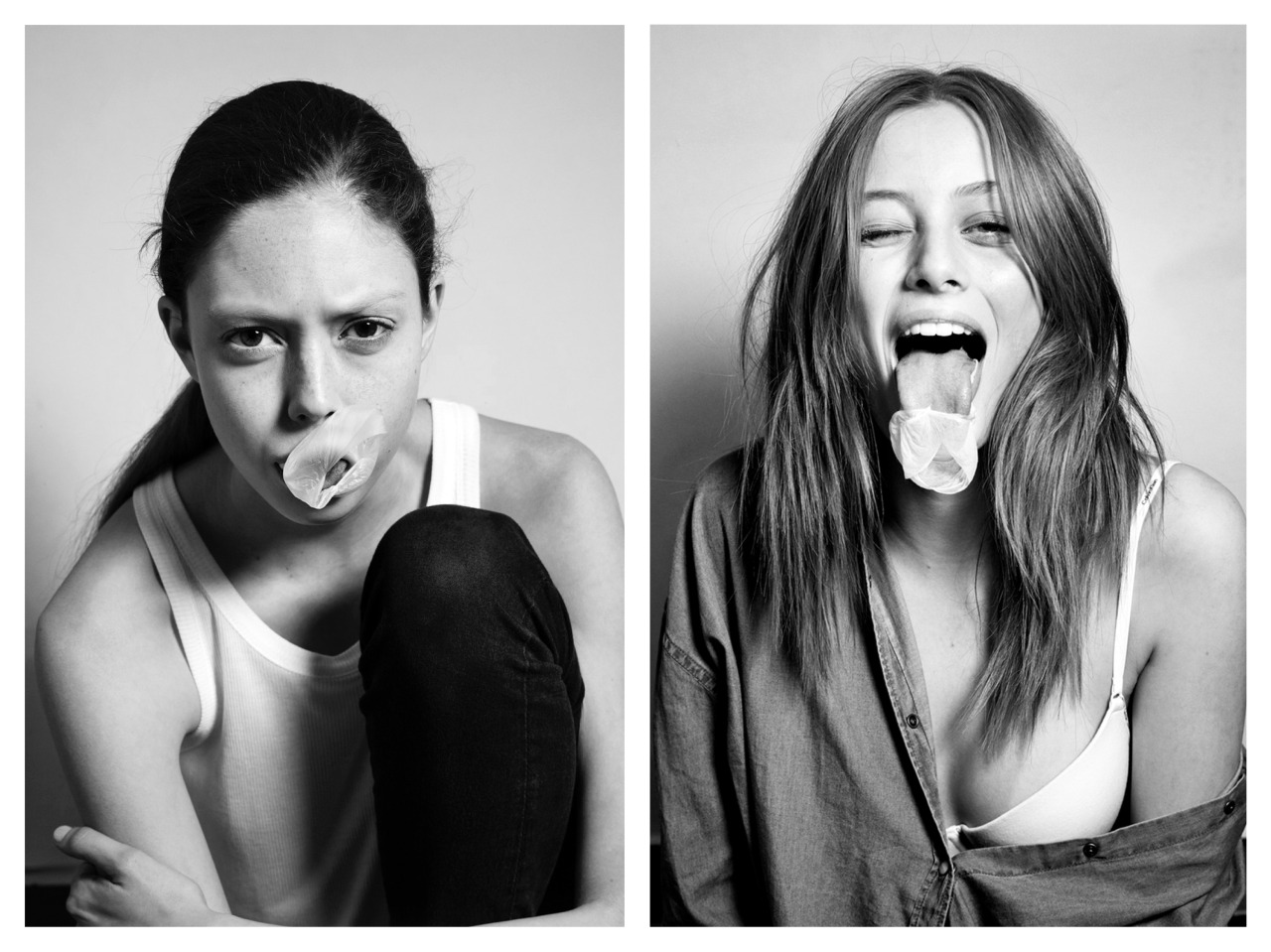Denotative: the literal meaning of a photograph
Connotative: how we determine the deeper meanings in the photograph
Signification: creating meaning
Studium: the element that creates interest within a photograph; showing the intention of the photographer. e.g. journalistic photographs
Punctum: the rare detail that attracts you to an image
Ideology: a set of ideas established by the photographer; our assumptions on how to view the photograph
Conventions: predetermined rules on what makes a suitable image; pertaining to a general agreement
Postmodern practice: a late 20th-century style and concept, featuring abstract compositions flouting general photography conventions
Paradox: something that seems like it may be contradicting itself
Signification: creating meaning
Studium: the element that creates interest within a photograph; showing the intention of the photographer. e.g. journalistic photographs
Punctum: the rare detail that attracts you to an image
Ideology: a set of ideas established by the photographer; our assumptions on how to view the photograph
Conventions: predetermined rules on what makes a suitable image; pertaining to a general agreement
Postmodern practice: a late 20th-century style and concept, featuring abstract compositions flouting general photography conventions
Paradox: something that seems like it may be contradicting itself
Sources:
https://georgepowell.wordpress.com/2008/07/01/studium-and-punctum/
http://dictionary.reference.com/
http://www.mediaknowall.com/as_alevel/alevkeyconcepts/alevelkeycon.php?pageID=ideology
http://www.slideshare.net/palmeri/rhetoric-and-ideology-of-photography
http://www.wisegeek.com/what-is-postmodern-photography.htm



















